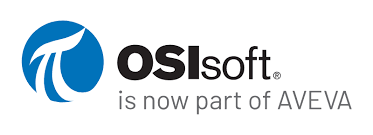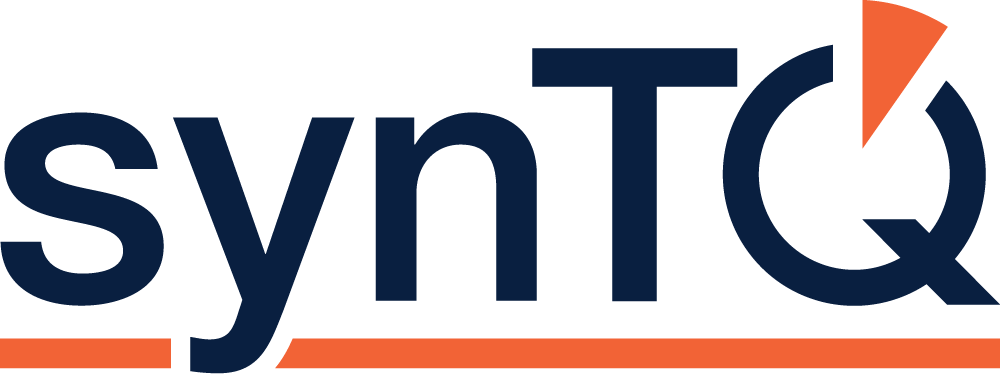Solution & Architecture
Efficient DCP Component Management
The underlying platform technology of DCP is a microservices architecture, offering the flexibility of hosting in either on-premise data centers or in the cloud. DCP’s architecture, much like the efficient transport of goods in shipping containers, facilitates independent development, deployment, and validation of DCP components, streamlining the scalability and configuration needed for pharmaceutical manufacturing.
Compliance-Driven Excellence: DCP's Pharmaceutical Focus
DCP is purpose-built with compliance, data integrity, and GMP seamlessly integrated. It offers essential features like Audit Trail, Versioning, 4-Eyes Review, and more, ensuring it exceeds pharmaceutical industry standards for robust data analytics and visualization.
Simplified Specialization: DCP's Unified User Experience
DCP prioritizes separating concerns, enabling Data Scientists to use their domain-specific languages and Frontend/Backend developers to leverage preferred frameworks. Despite this diversity behind the scenes, for the end-user, DCP presents itself as a unified, seamless and user-friendly application.
-
Data Sources
-
Infrastructure
-
GMP & Compliance
-
Authentication
-
Application
Orchestrate and Manage
The Connection Manager!
Data integrity is critical to ensure regulatory compliance in regulated environments and refers to the completeness, consistency and accuracy of data. To ensure a high level of data integrity, DCP consumes data directly from the various source systems wherever possible, avoiding data copies. In the Connection Manager per production site and module, individual the following types of data sources can be configured:
- Equipment Data Offers site hierarchy, sensor telemetry, and batch context.
- Experiment Data Encompasses the design of experiment runs and projects.
- Process Monitoring Data Includes CQA, KPIs, and bio burden for product/process quality attributes.
- Electronical Document Management System Manages a controlled document system for retrieving documents (such as reports/procedures) and associated metadata.
Multiple Connection Types
The Implementation!
The following connection types, delineating storage/access technology and query format, are available within DCP Framework:
 Aveva PI
Aveva PI
 Google Cloud Platform
Google Cloud Platform
 SynTQ
SynTQ
 SQL
SQL
Working with more Connections!

The SAW module facilitates the integration of connections and ingestion of datasets from additional data sources.
Primary Data Source
Time Series Data from Manufacturing
The primary and frequently utilized data source for DCP predominantly comprises time series data collected from probes and sensors (Equipment Data) strategically positioned across devices and unit operations. This data serves as a critical monitoring mechanism within the manufacturing process, offering real-time insights and analysis crucial for optimizing operational efficiency and ensuring quality standards are met.

Authentication and authorization within DCP are robust and flexible, offering integration capabilities with multiple identity providers alongside Single Sign-On functionality. This approach streamlines the process of integrating into existing company user systems effortlessly. By supporting various identity providers and enabling Single Sign-On, DCP ensures a seamless and secure access experience for users. This not only simplifies user management but also enhances the system's adaptability to diverse enterprise authentication frameworks.

Delve deeper
This page serves as a high-level introduction providing an overview of the architecture and components utilized within our system. For more comprehensive and detailed insights, including in-depth information about specific components, their functionalities, interactions, and implementation details, we encourage referencing the development documentation. These detailed documents offer a deeper dive into our system's architecture, providing developers and stakeholders with comprehensive information for a more thorough understanding of our technology stack and its underlying components.

